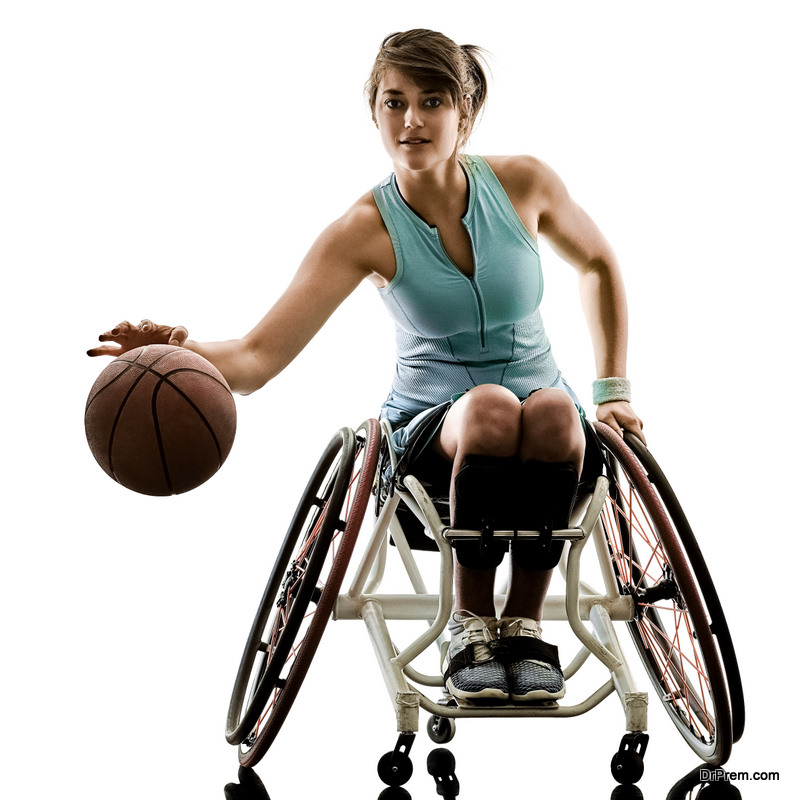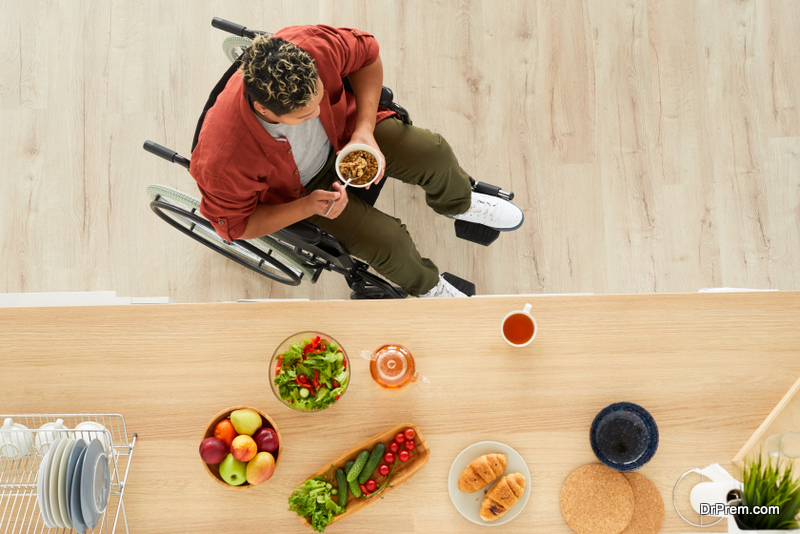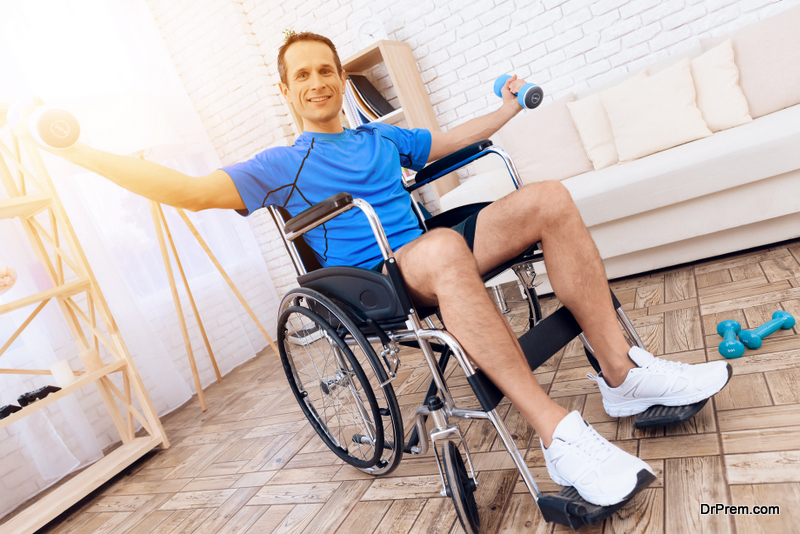You’re physically disabled. You want to try and stay healthy, and you’re doing everything you can to eat properly. But what can you do better to make sure that you stay healthy, reduce your risk of muscle loss and live a happier life?
And before you ask, you’re allowed to exercise while disabled without losing your Social Security benefits.
It’s never too late to start building muscle and staying healthy. In fact, you owe it to yourself to stay in the best shape you possibly can if you’re disabled.
1. Turn to Aerobic Exercises
 You’ll need to turn to aerobic exercises if you’re in a wheelchair or have limited mobility. You want to increase your heart rate, but if you’re not used to being active, you should opt for 10 – 20 minutes of exercise to start.
You’ll need to turn to aerobic exercises if you’re in a wheelchair or have limited mobility. You want to increase your heart rate, but if you’re not used to being active, you should opt for 10 – 20 minutes of exercise to start.
A lot of great options are available to engage in an aerobic exercise, including:
- Wheelchair sprints
- Swimming
- Basketball
- Rowing machines
Keeping your heart in good health is a must when you’re disabled. A lot of people with disabilities will also suffer from water retention and swelling. Bad circulation is to blame for many of these problems.
And you can choose to reduce these issues by getting moving.
All it takes is a little hard work and effort to get your circulation under control. This means no more compression socks and the ability for the body to naturally move around fluids rather than retaining them.
2. Engage in Strength Training
When I go to the gym, I see a lot of people with varying disability levels working out. These individuals are hitting the weights hard, yet there are a lot of people that question going to the gym.
The idea is to work on muscles that you can either move or need to improve.
Let’s assume that you’re paralyzed from the waist down. You might not be able to do legs, but there’s a torso and entire upper body that can be strengthened. A stronger upper body will make you more ambulatory as a wheelchair user, or if you use a cane, crutches or walker.
Focusing on the muscles you can use, exercise 3 – 4 times a week and you’ll be at a lower risk of muscle loss as well as developing brittle bones.
Start light, and avoid working areas where pain exists, such as the lower back (if you have back pain).
There are even great wheelchair exercises that you can follow.
3. Pay Very Close Attention to Your Diet
 A major issue among disabled persons is that it’s easy to become overweight. If you’re not exercising like you once were or not mobile, it’s easy to pack on a few extra pounds. But this added weight gain is not going to do you any favors.
A major issue among disabled persons is that it’s easy to become overweight. If you’re not exercising like you once were or not mobile, it’s easy to pack on a few extra pounds. But this added weight gain is not going to do you any favors.
Being heavier makes everything harder, from walking to getting out of bed.
You may also suffer from swelling, edema, arthritis and other conditions because your weight is too high. In this case, it’s very important to follow a strict diet, count your calories and log all of your food intake.
It’s much easier to live a confident, healthier life when your weight is under control.


